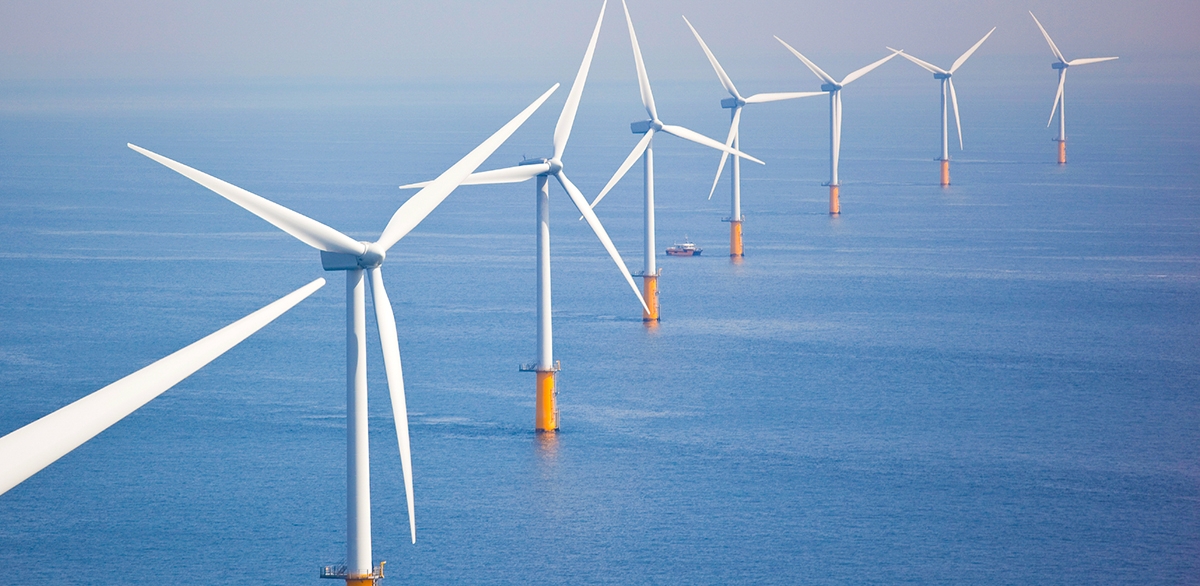The Fatigue Testing of Welded Structures in Air (FaWS) project was realised in 2019 within Stage III of Carbon Trust’s Offshore Wind Accelerator (OWA) programme. It aims to improve understanding of welded joint fatigue performance to reduce design costs and improve the service life of offshore wind turbines. Led by Ørsted, managed by Carbon Trust, and supported by Parkwind, RWE, Shell, SPR, SSER and Vattenfall, this ambitious project will perform fatigue tests on some 300 small scale test specimens to further investigate the fatigue performance of girth welds under a range of loading conditions.
Without the resources required for this type of testing, the consortium led by Ørsted organised a call for tenders that was won by Cetim.
The organisation stood out from the seven other candidates thanks to its expert knowledge and the strength of its bid. As Ørsted’s project manager Dan Kallehave explains, “Cetim demonstrated an innovative approach. Its bid proposed subjecting the test samples to a more extensive analysis and characterisation programme than we had initially envisaged. It will enable us to gain a better understanding of the fatigue performance.”
To implement this ambitious testing campaign, Cetim invested in a 550kN capacity device capable of testing samples at a frequency of 100 Hz. This significantly reduces the overall time taken to test the 300 test pieces, which will be examined over 10 to 50 million cycles. Each test piece is scanned in 3D before testing to shed further light on the various phenomena at play. Simulation tools are used to identify potential initiation sites and to correlate theoretical results with those obtained in practice. To enrich the digital model, the test pieces are fitted with instrumentation to record their behaviour during testing. The test campaign is scheduled to end in ultimo 2022 and the vast array of data obtained from it will be used to verify the fatigue performance for different types of welding under representative load conditions.



